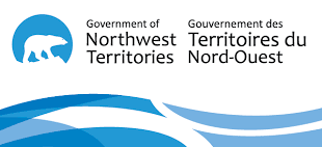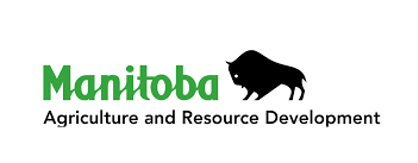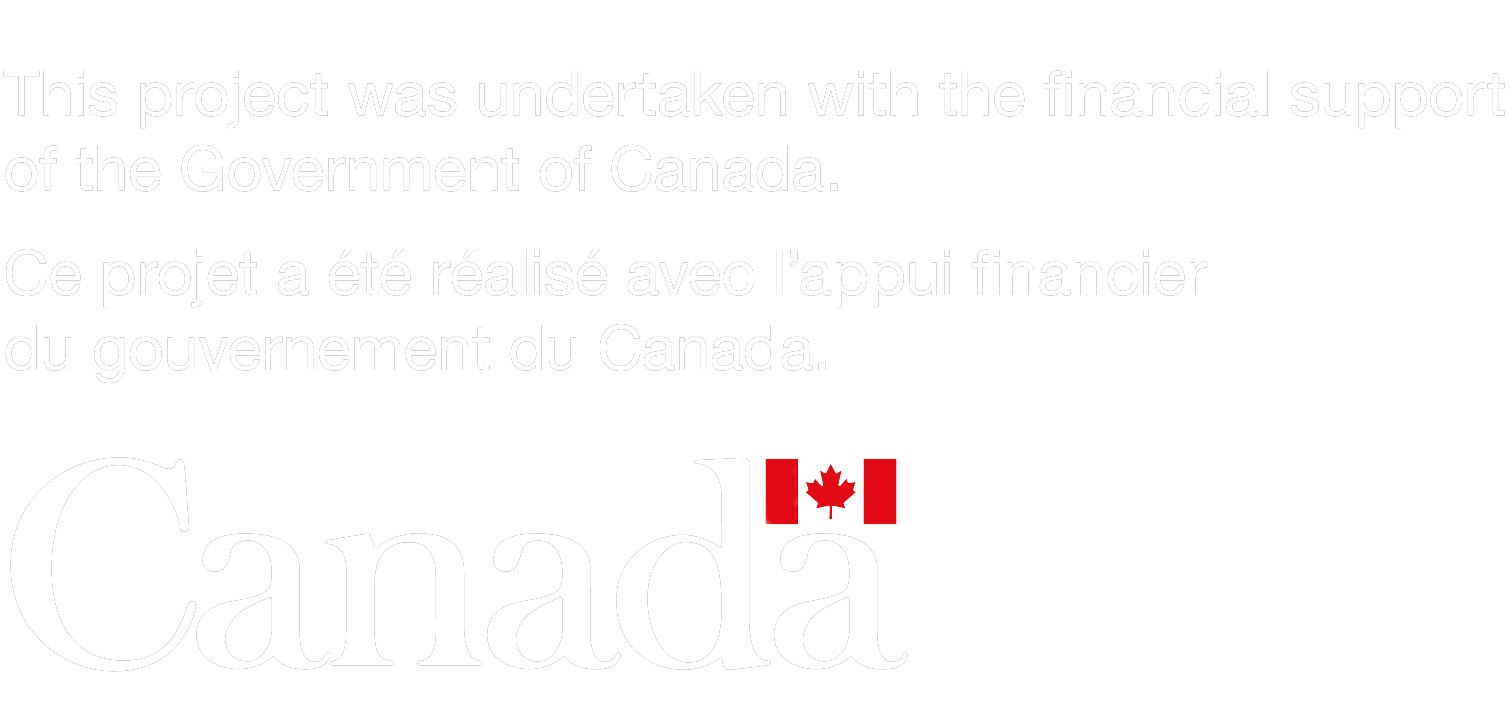Title: Regulation of peatland evaporation following wildfire; the complex control of soil tension under dynamic evaporation demand
Citation: The data that support the findings of this study are available from the corresponding author upon reasonable request.
Study Site: URSA, north-central Alberta
Purpose: The capability of peatland ecosystems to regulate evapotranspiration (ET) following wildfire is a key control on the resilience of their globally important carbon stocks under future climatic conditions. Evaporation dominates post-fire ET, with canopy and sub-canopy removal restricting transpiration and increasing evaporation potential. Therefore, in order to project the hydrology and associated stability of peatlands to a diverse range of post-fire weather conditions and future climates the regulation of evaporation must be accurately parameterised in peatland ecohydrological models.
Abstract: To achieve this, we measure the surface resistance (rs) to evaporation over the growing season one year post-fire within four zones of a boreal peatland that burned to differing depths, relating rs to near surface soil tensions.
Supplemental Information Summary:
Research:
Further Info: Kettridge, N., Lukenbach, M.C., Hokanson, K.J., Devito, K.J., Petrone, R.M., Mendoza, C.A., & Waddington, J.M. (2021). Regulation of peatland evaporation following wildfire; the complex control of soil tension under dynamic evaporation demand. Hydrological Processes: https://doi.org/10.1002/hyp.14132
Status: Complete
Keywords:
peat properties,
meteorology,
hydrology,
Wildfire,
evapotranspiration,
Geographical coordinates: North: 56.107, South: 56.107 East: -115.561 West: -115.561
Bounding Temporal Extent: Start Date: 2012-01-01, End
Date: 2012-12-31













